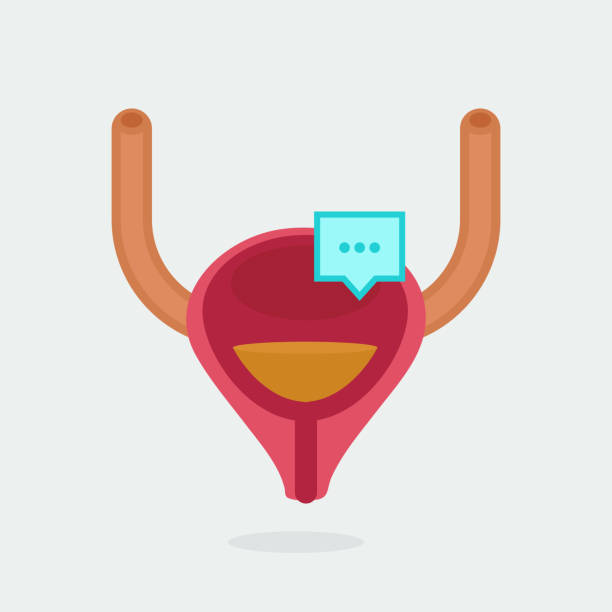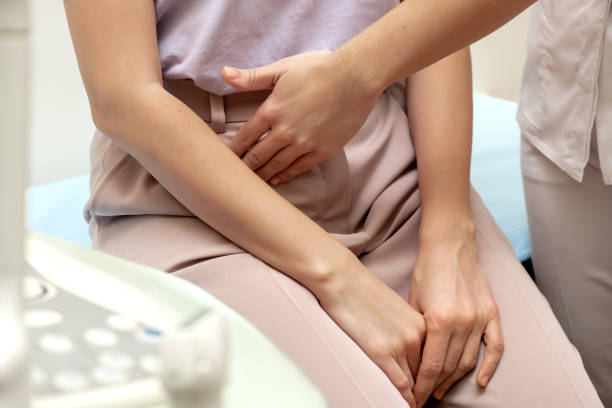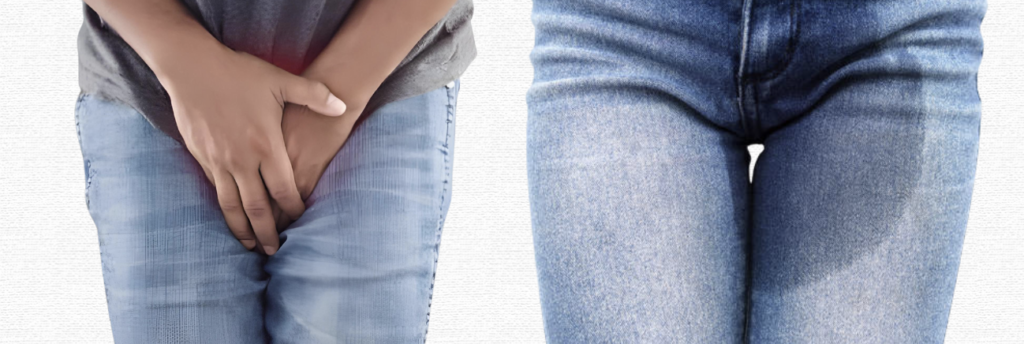Health Conditions
Urinary Retention vs. Urinary Incontinence
Navigating urinary-related difficulties is critical for overall health. In this article, we will look at the differences between two frequent urinary concerns: urinary retention and urinary incontinence. Understanding these diseases is critical for persons seeking information about their urinary health and potential challenges. Join us as we investigate the differences, causes, and management techniques for urinary retention and urinary incontinence, providing essential information to help individuals achieve optimal urinary health.

Understanding Urinary Retention
Urinary retention is a condition in which the bladder fails to empty adequately or entirely. This can happen abruptly (acute urine retention) or gradually over time (chronic urinary retention). The illness is more common in men than in women, and it can be caused by a number of circumstances.
Causes of Urinary Retention
An enlarged prostate, nerve damage, spinal cord injury, urethral stricture, scar tissue, and pelvic organ prolapse are all potential causes of urinary retention. Certain drugs, anesthesia, and surgical procedures can all contribute to the development of urine retention.
Symptoms and Diagnosis
Urinary retention symptoms include difficulties starting to urinate, weak urine flow, the sensation that the bladder is not emptying completely, frequent urination, and the need to struggle to urinate. Urinary retention can be diagnosed with a physical examination and a cystoscopy.
Treatment Options
Treatment options for urinary retention vary depending on the underlying reason and severity of the problem. A catheter can be used to drain the bladder in cases of acute urine retention. Alpha-blockers and other medications can relax the muscles in the prostate and bladder neck. Pelvic floor exercises can also help strengthen the muscles responsible for urinating.
In some circumstances, surgery may be required to address urinary retention. This may include operations to remove scar tissue, repair a urethral stricture, or shrink an enlarged prostate. In severe situations, a permanent catheter may be needed.

Understanding Urinary Incontinence
Urinary incontinence is a medical problem that affects millions of individuals globally. It is defined as the involuntary leakage of urine, which can be caused by a number of circumstances. This section of the article will go over the many types of urinary incontinence, their causes and risk factors, as well as symptoms and diagnosis.
Types of Urinary Incontinence
Urinary incontinence comes in a variety of forms.
- Stress incontinence occurs when the pelvic floor muscles weaken, allowing urine to seep out while the bladder is under pressure. This can occur while coughing, sneezing, laughing, or exercising.
- Urge incontinence occurs when the bladder muscles contract spontaneously, resulting in a sudden and intense urge to urinate. This can happen even if your bladder is not full.
- Overflow incontinence occurs when the bladder fails to empty entirely, allowing urine to spill out. This could be due to a blockage or another obstruction in the urinary tract.
- Functional incontinence happens when a person is unable to use the restroom in time owing to physical or mental restrictions.
- Mixed incontinence occurs when two or more kinds of urinary incontinence coexist.
Causes and Risk Factors
The onset of urinary incontinence can be influenced by a number of different causes and risk factors. This includes:
- Age: As people age, the muscles and tissues that support the bladder deteriorate, increasing the likelihood of incontinence.
- Women who have given birth vaginally are more likely to develop urinary incontinence because the pelvic floor muscles are stressed during delivery.
- Aging: As people age, their bladder muscles may become less efficient at holding pee, raising the risk of incontinence.
- Menopause: The drop in estrogen levels that happens with menopause can weaken the pelvic floor muscles, increasing the risk of incontinence.
- Prostate cancer: Men who have had prostate surgery or radiation therapy are more likely to develop incontinence.
- Multiple sclerosis: This neurological disorder can impair the nerves that control the bladder, resulting in incontinence.
- Stroke: A stroke can impair the region of the brain that controls the bladder, causing incontinence.
- Diabetes: High blood sugar levels can harm the nerves that control the bladder, resulting in incontinence.
- Urinary tract infections can irritate the bladder and cause incontinence.
Symptoms and Diagnosis
The symptoms of urinary incontinence vary according to the type and severity of the illness. Some common symptoms are:
- Urine leakage can occur during coughing, sneezing, laughing, or exercising.
- An intense urge to urinate that is difficult to control.
- Frequent urinating, particularly at night.
A medical history and physical exam are often used to identify urinary incontinence. They may also suggest additional testing, such as a urine test or imaging investigations, to assist in identifying the underlying cause of the incontinence.
In conclusion, urinary incontinence can be a difficult condition to deal with, but there are numerous treatment options available. Understanding the many forms, causes, and symptoms of urinary incontinence allows patients to better manage their condition and enhance their quality of life.

Comparing and Managing Urinary Issues
Differences Between Retention and Incontinence
These two separate urinary problems that can cause discomfort and lower a person’s quality of life. Urinary retention is the inability to completely empty the bladder, whereas urinary incontinence is the involuntary loss of pee.
Urinary retention is frequently caused by a blockage, such as an enlarged prostate or a urinary tract obstruction. In contrast, urinary incontinence can be caused by weaker sphincter muscles or an overactive bladder.
Lifestyle and Home Remedies
Certain lifestyle adjustments can help manage both urinary retention and urinary incontinence. Some of these modifications include a reduction in caffeine and alcohol consumption, bladder training, and pelvic floor exercises.
Bladder training entails progressively extending the time between bathroom stops to improve bladder control. Pelvic floor exercises, such as Kegels, can help strengthen the muscles responsible for urinating.
When to See a Doctor
While lifestyle changes can help with urinary difficulties, it is critical to consult a urologist if symptoms persist or worsen. In some circumstances, problems like urinary tract infections or renal damage may develop.
A urologist can determine the underlying cause of bladder problems and suggest relevant therapies. Urinary retention may be treated with catheterization or surgery, whereas urinary incontinence may be treated with medication or surgical intervention.
Overall, treating urinary problems can significantly improve a person’s quality of life. Individuals can effectively manage urinary retention and urinary incontinence by adopting lifestyle modifications and getting medical assistance as needed.
Conclusion
In conclusion, distinguishing between urinary retention and urinary incontinence is critical for accurate diagnosis and therapy. While these disorders impair urine function, they have separate causes and treatment options. Understanding the distinctions between these disorders allows patients to seek appropriate medical care and measures to meet their specific urinary health needs. Individuals with adequate supervision and care can increase their quality of life while still maintaining good urinary health.
Trusted Health, Wellness, and Medical advice for your well-being


